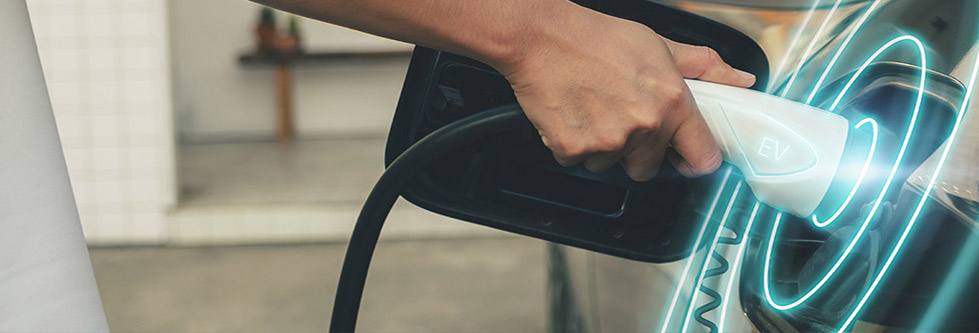The next era in vehicle charging
There is a lot of excitement about vehicle to grid (V2G) this is a technology that enables energy to be pushed back to the power grid from the battery of an electric car. With electric vehicle-to-grid technology—also known as car-to-grid—a car battery can be charged and discharged based on different signals — such as energy production or consumption nearby.
In a nutshell, the idea behind vehicle-to-grid is similar to regular smart charging. Smart charging, enables you to control the charging of electric cars in a way that allows the charging power to be increased and decreased when needed. Vehicle-to-grid goes one step further and enables the charged power to also be momentarily pushed back to the grid from car batteries to balance variations in energy consumption.
There will be an estimated 140 Million electric vehicles worldwide by 2030, that means we could potentially have 140million storage units giving a storage capacity of 7TWh
When it comes to using V2G, the most important thing is to make sure that you have enough energy in the vehicle batteries when it is needed. For instance, when you’re leaving for work in the morning, the battery must have enough charge to drive you to work and back if needed.
This is the basic requirement of V2G and any other charging technology: you must be able to communicate when you want to unplug the car and how full the battery should be at that time.
Since vehicle-to-grid solutions are expected to become a financially beneficial feature for energy companies, they have a clear incentive to encourage consumers to take part.
After all, the technology, devices, and vehicles compatible with the V2G technology are not enough – consumers need to take part, plug in and enable their car batteries to be used for V2G.
We can expect that in the future on a larger scale, consumers are being rewarded if they are willing to enable their car batteries to be used as balancing elements.
Currently, CHAdeMo vehicles (such as Nissan) have overtaken other car manufacturers by bringing V2G compatible car models to the market. All Nissan Leafs on the market can be discharged with vehicle-to-grid stations. The ability to support V2G is a real thing for other manufacturers will hopefully have vehicle-to-grid compatibles soon.

